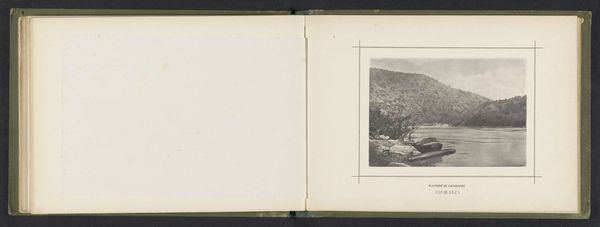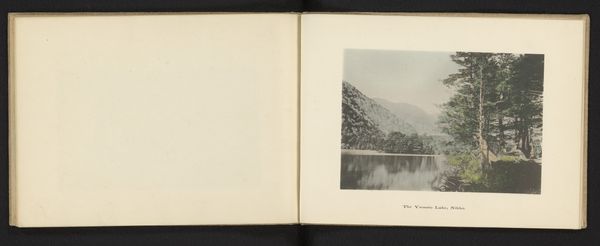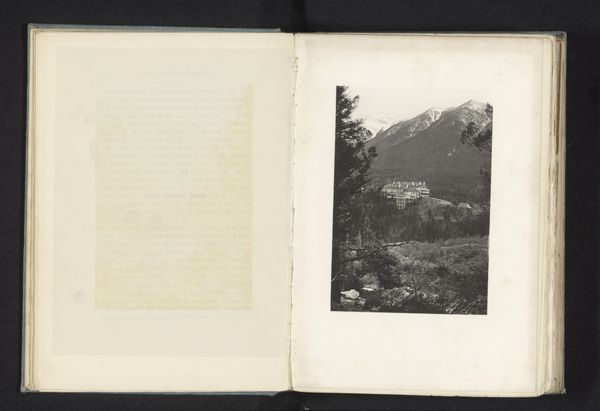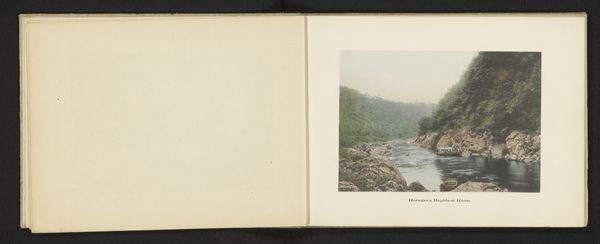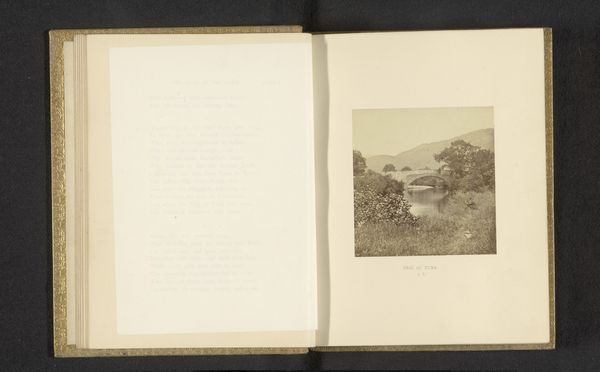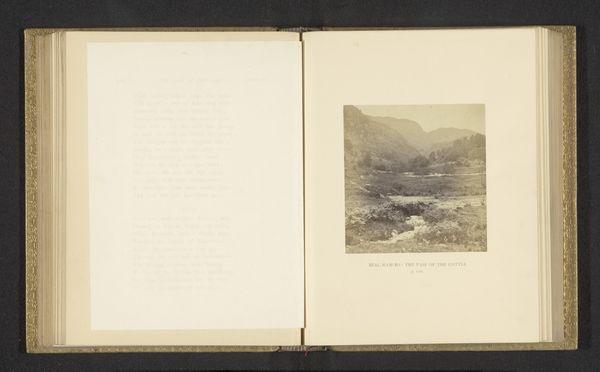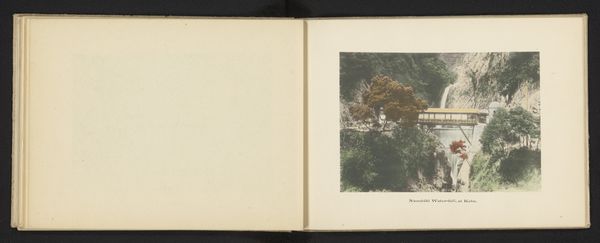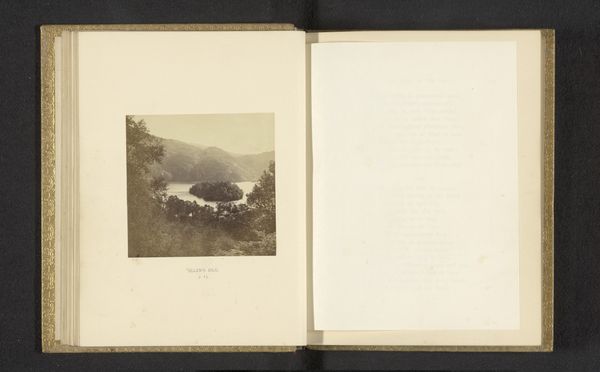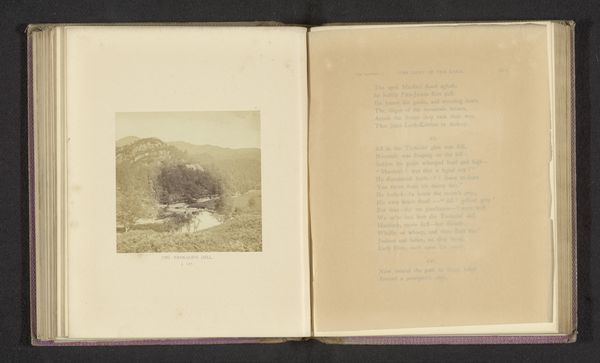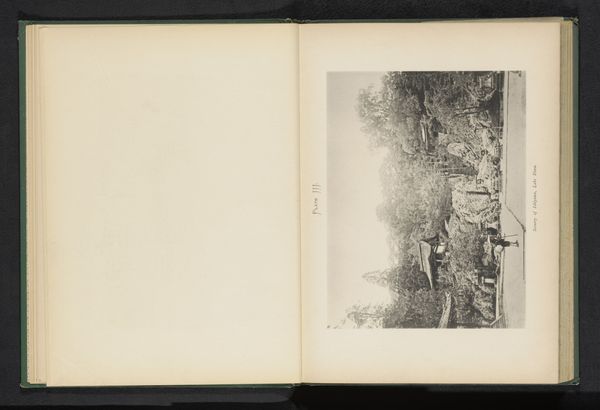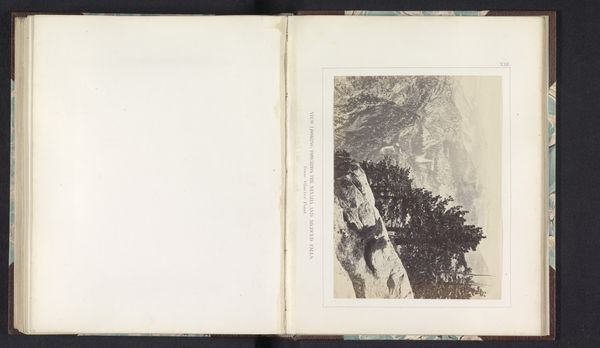
print, photography, gelatin-silver-print
# print
#
landscape
#
photography
#
orientalism
#
gelatin-silver-print
Dimensions: height 124 mm, width 188 mm
Copyright: Rijks Museum: Open Domain
Curator: So, what captures your attention in this photograph right away? Editor: Honestly? That feeling of climbing endlessly. I can practically feel my calves burning just looking at those rice terraces scaling that mountain. It’s impressive and slightly daunting. Curator: This is "Rice Fields," a gelatin-silver print captured around 1900 by Henry William Cave. Cave was a photographer known for his work in Ceylon, now Sri Lanka. His images, often circulated as prints, played a significant role in shaping Western perceptions of the region. Editor: "Shaping Western perceptions" – there it is. I bet this image was exotic and otherworldly to folks back then. Makes me wonder what the people who actually worked on those fields thought about being a picturesque view. Curator: Precisely. Cave's work participates in a larger tradition of Orientalism, presenting a romanticized, and often skewed, vision of the East for a Western audience. We have to consider the power dynamics inherent in this gaze. He emphasizes a sense of timeless beauty but it lacks depth about social realities. Editor: True, but there's a definite skill to it too. The light… it kind of softens the landscape, like a dream. It makes it visually stunning. How he frames the mountain with those perfectly carved steps… I get the appeal, even with the problematic context. It does lure you in with its beauty, doesn’t it? Curator: Absolutely. Cave knew what he was doing in terms of composition and technique. However, its aesthetic quality does not exempt it from a critical reading. Understanding the colonial context allows us to look beyond surface appearances and engage more deeply. Editor: That’s the tension, isn’t it? Enjoying art while being aware of its complex origins. Thanks, this made me appreciate that tension, and those unseen histories even more. Curator: Indeed. It challenges us to be conscious viewers, acknowledging both the artistry and the historical framework. A valuable exercise.
Comments
No comments
Be the first to comment and join the conversation on the ultimate creative platform.
